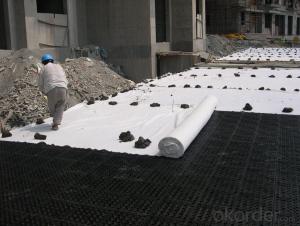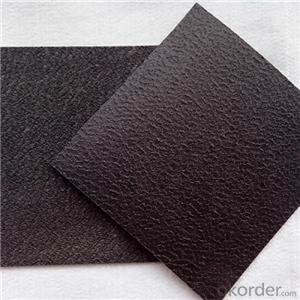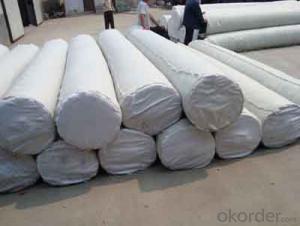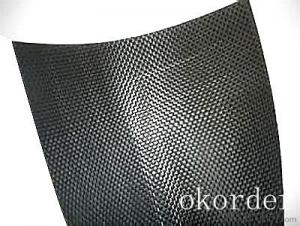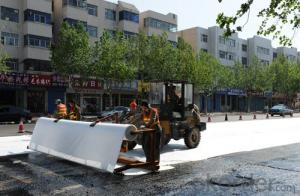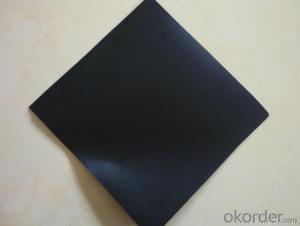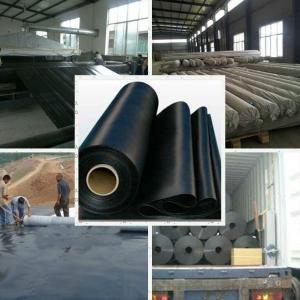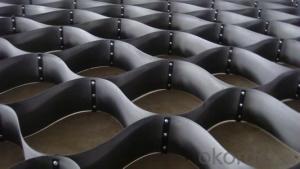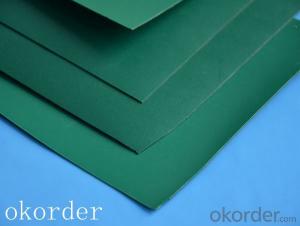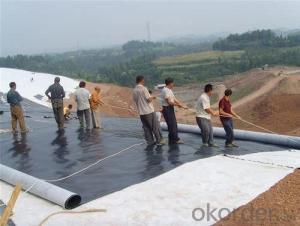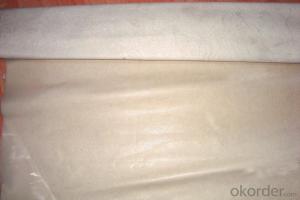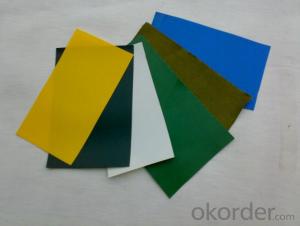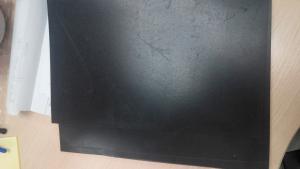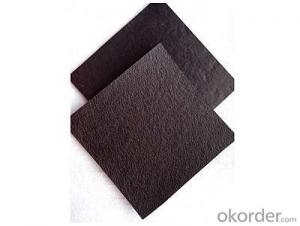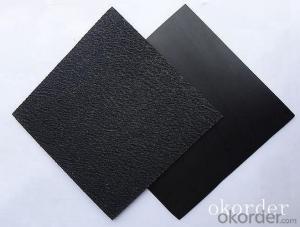All Categories
- - Steel Wire Rod
- - Steel Coils
- - Steel Profiles
- - Steel Pipes
- - Stainless Steel
- - Tinplate
- - Special Steel
- - Steel Sheets
- - Steel Rebars
- - Steel Strips
- - Hot Rolled Steel
- - Cold Rolled Steel
- - Pre-painted Steel
- - Seamless Steel Pipe
- - Welded Steel Pipe
- - Hollow Steel Tubes
- - Galvanized Pipe
- - Stainless Steel Coil
- - Stainless Steel Sheet
- - Stainless Steel Plate
- - Stainless Steel Strips
- - Electrolytic Tinplate Coil
- - Electrolytic Tinplate Sheet
- - Stainless Steel Rebars
- - Solar Panels
- - Solar Water Heater
- - Solar Related Products
- - Solar Inverter
- - Solar Cells
- - Solar Light
- - Solar Energy Systems
- - Solar Controllers
- - Solar Mounting System
- - Solar Pump
- - Solar Chargers
- - Fiberglass Chopped Strand
- - Fiberglass Mesh Cloth
- - Composite Pipes
- - FRP Pultrusion Profiles
- - Fiberglass Mat Tissue
- - Fiberglass Fabrics
- - Fiberglass Mesh
- - Composite Tank
- - Fiberglass Mesh tape
- - Polymer
- - FRP Roofing Panel
- - Fiberglass Roving
- - Monolithic Refractories
- - Ceramic Fiber Products
- - Refractory Bricks
- - Raw Materials For Refractory
- - Suspended Platform
- - Cranes
- - Concrete Machinery
- - Earthmoving Machinery
- - Building Hoist
- - Road Building Machinery
- - Plastic Pipe Fittings
- - Plastic Tubes
- - Plastic Sheets
- - Agricultural Plastic Products
- - Plastic Nets
 All Categories
All Categories
Q & A
How are geomembranes used to manage and control stormwater runoff in urban and industrial areas?
Geomembranes are used in urban and industrial areas to manage and control stormwater runoff by acting as a barrier between the stormwater and the underlying soil or water bodies. These impermeable membranes are installed in various structures such as detention ponds, retention basins, and stormwater ponds to prevent infiltration and leakage. By effectively containing stormwater, geomembranes help to reduce the risk of flooding, erosion, and water pollution, improving overall water quality and protecting surrounding ecosystems.
What is the difference between geomembranes and geotextiles?
Geomembranes and geotextiles are both materials used in geotechnical engineering, but they serve different purposes. Geomembranes are thin, impermeable sheets made of materials like HDPE or PVC and are primarily used to prevent the migration of liquids or gases. They are often used in applications like lining landfills or creating containment barriers for hazardous materials. On the other hand, geotextiles are permeable fabrics made of synthetic or natural fibers and are used to enhance the performance of soils or other geotechnical materials. They provide filtration, separation, or reinforcement functions and are commonly used in applications like erosion control, soil stabilization, or drainage systems. Therefore, the main difference lies in their functionality, with geomembranes providing a barrier and geotextiles offering filtration and reinforcement.
What are the considerations for geomembrane installation in earthquake-prone areas?
When installing geomembranes in earthquake-prone areas, there are several considerations that need to be taken into account. Firstly, it is important to select a geomembrane material that is flexible and can withstand the dynamic movements caused by earthquakes. The geomembrane should have high tensile strength and elongation properties to prevent tearing or rupturing during seismic events.
Secondly, the installation technique should be carefully planned to ensure proper anchoring and secure attachment of the geomembrane. This may involve using additional reinforcement materials, such as geotextiles or geogrids, to enhance the stability and integrity of the installation.
Thirdly, the design of the geomembrane system should consider the potential for ground movements and settlement caused by earthquakes. Adequate slope stability and drainage provisions should be incorporated to prevent water accumulation and potential damage to the geomembrane.
Furthermore, regular inspections and maintenance should be conducted to identify any potential damage or weaknesses in the geomembrane system. Prompt repairs or reinforcements should be carried out to ensure the long-term effectiveness and durability of the installation in earthquake-prone areas.
Overall, a thorough understanding of the local seismic activity, selection of suitable materials, proper installation techniques, and ongoing monitoring are crucial considerations for successful geomembrane installation in earthquake-prone areas.
What is the typical width of a geomembrane roll?
The typical width of a geomembrane roll is around 20 to 30 feet.
Wholesale Geomembranes from supplier in Germany
Whether you require Geomembranes for environmental protection, waste management, agriculture, or any other application, we have the expertise to assist you. Our team of highly skilled professionals is dedicated to understanding your specific requirements and providing tailored solutions that meet your project needs.
With our strong partnership with leading Geomembranes manufacturers and suppliers, we can ensure that you have access to high-quality products at competitive prices. We also offer flexible delivery options to cater to your project timelines.
In addition to our sales and procurement services, we also provide comprehensive technical support. Our team of experts is available to answer any questions you may have, provide guidance on product selection, and offer assistance throughout the installation process. We strive to be your trusted partner and go above and beyond to ensure your satisfaction.
At CNBM Geomembranes Germany, we are committed to delivering exceptional customer service and providing the highest quality Geomembranes solutions. Contact us today to discuss your project requirements and let us help you achieve success.
With our strong partnership with leading Geomembranes manufacturers and suppliers, we can ensure that you have access to high-quality products at competitive prices. We also offer flexible delivery options to cater to your project timelines.
In addition to our sales and procurement services, we also provide comprehensive technical support. Our team of experts is available to answer any questions you may have, provide guidance on product selection, and offer assistance throughout the installation process. We strive to be your trusted partner and go above and beyond to ensure your satisfaction.
At CNBM Geomembranes Germany, we are committed to delivering exceptional customer service and providing the highest quality Geomembranes solutions. Contact us today to discuss your project requirements and let us help you achieve success.
